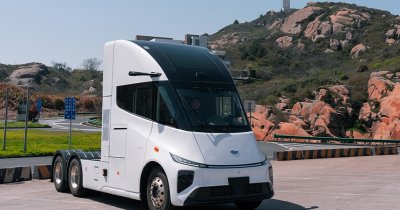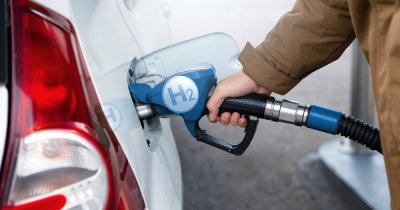According to Digital Trends, more than 95% of a battery's composition can be recycled through the process of hydrometallurgy, which implies breaking the battery apart in a controlled environment and driving the components through an acidic solution.
Companies are also looking at how they can make this process profitable, as recovering the elements that go into a battery isn't easy or cheap.
Volkswagen and BMW are some of the companies that are heavily invested in battery recycling and repurposing as many of their used EV batteries as possible, to ensure a sustainable business model.
Besides lithium, which makes up only about 11% of the mass of a battery, we find other metals, such as cobalt, nickel and copper.
Lithium is being mined through two different processes, either by processing salt flats or by mining hard rock.
By mining spodumene and breaking it apart, the material is then added to an acid bath, which allows lithium to come to surface, although this process leaves a lot of polluting matter behind.
It's cheaper to obtain lithium this way, compared to processing salt, but usually this means that the end product will be lower quality.
Salt processing is very common in Chile, Bolivia and Argentina, and it implies that water is being run underground, returning to the surface with brine containing the minerals.
The brine is then left out to evaporate, exposing the minerals that are later collected and processed.
Cobalt, another important component that goes into our batteries, is mined from Congo, which ensures about half of the world's total reserve.
Nickel is another important metal of lithium-batteries, but it has other applications as well. In fact, most of the mined nickel goes to steelmaking, while only 6% goes towards the production of batteries, with the metal being mined in many areas on Earth.
Indonesia is responsible for about 30% of the worldwide nickel supplies.
While manufacturing EVs is a more emission-intensive process compared to making fossil-based cars, battery-powered vehicles make up for the initial emissions when they are being driven.
In Europe, emission savings can range from 28% to 72%, depending on where the electricity necessary for recharge comes from.
 Mihai - Cristian Ioniță
Mihai - Cristian Ioniță












Any thoughts?